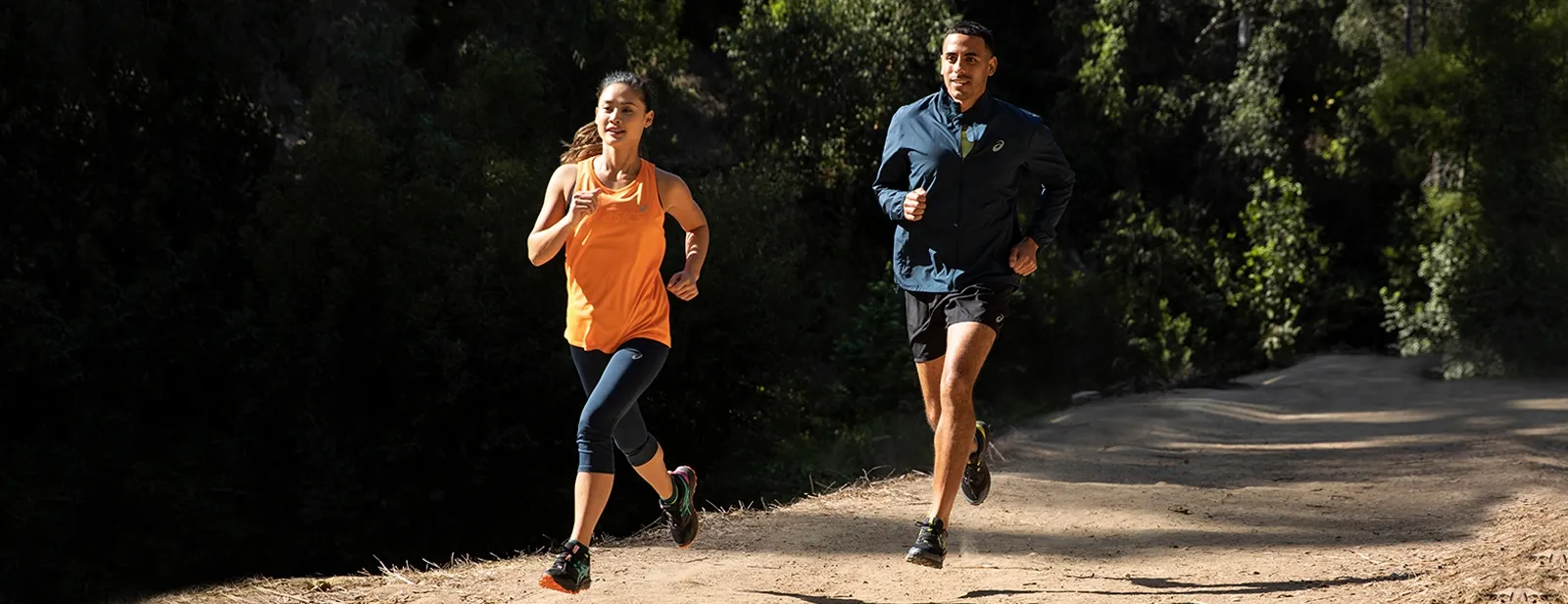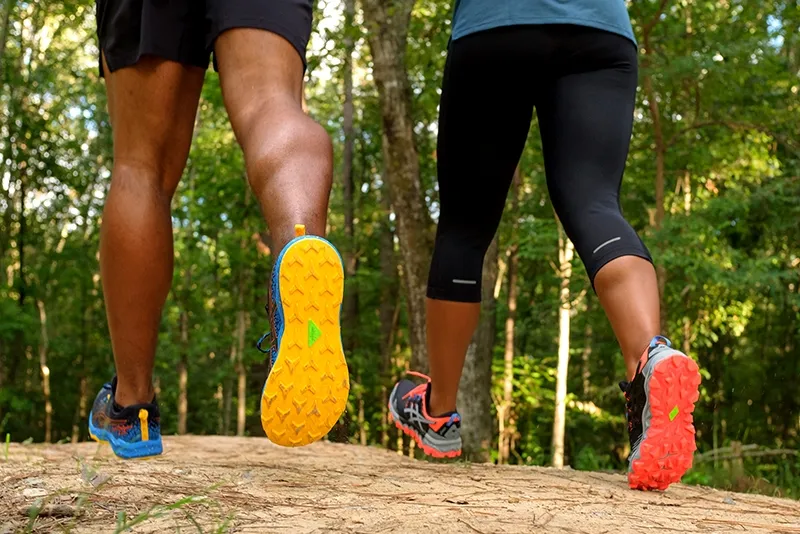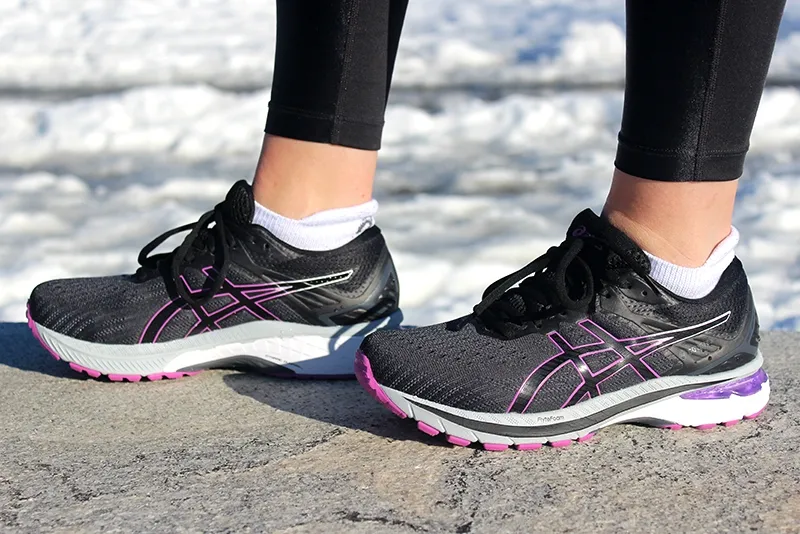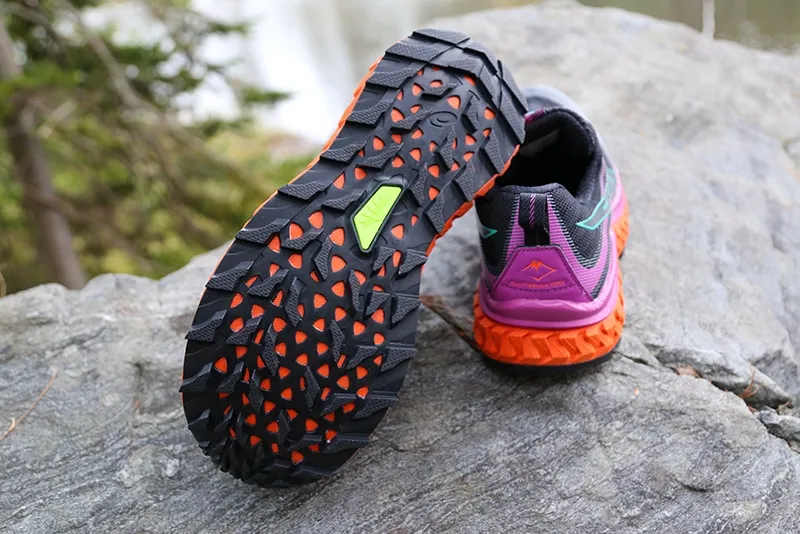
Best Trail Running Shoes
April 22, 2021
The right running shoes will not only give your foot the right amount of padding and stability you're looking for, but will also be right for the type of running you do.
Running on a paved road or on an indoor track is much different from running on a trail, and it's important that your shoe is designed for that environment. Trail shoes provide a level of safety and performance that shoes designed for road running don't have.
As you decide which shoe you need, take these factors into consideration:
Weight of the Shoe
The type of trail you run on is going to determine whether you need light or rugged trail shoes. Trail shoes have more durable soles to protect your feet from rocks and other natural debris on the trail, but remember that will add weight to the shoe.
Lighter shoes will allow you to keep a faster pace, but heavier shoes will provide more grip and stability. As a general rule, aim for a shoe that weighs 12 ounces or less for men and 9 ounces or less for women.

Grip
Trail running shoes have more aggressive treads to provide traction on unpredictable terrain, and they are also designed for the tougher conditions of off-road running. ASICS incorporates an uphill and downhill lug pattern on many of its trail running shoes to provide extra traction on slippery terrain. A diverse lug pattern is important for being able to stop no matter what angle you're at, so if you're going to take on some rugged terrain, make sure your shoe's grip is up to the challenge.
Heel-to-Toe Drop
Heel-to-toe drop refers to the difference in height between the heel and the forefront of your shoe. It affects how your body absorbs the impact of your running, and it can range from 0 mm to 14 mm. A lower drop puts more of the impact on your ankles and Achilles, while a higher drop will be felt in your knees and hips.
The most common heel-to-toe drop is 10 mm, but generally, a lower drop is preferred for trail running to encourage better balance when running on uneven terrain. However, it's important to find the fit that feels best for you; not everyone is comfortable with the switch from a higher drop to a low one. If you're interested in trying a lower drop shoe, the GEL-VENTURE is a good place to start; it has rearfoot GEL® cushioning and a SpevaFoam™ midsole to help you connect with the ground in rugged conditions.

Waterproofing
If your running is going to be done in wet and muddy conditions, waterproofing can help keep your feet from getting soggy. ASICS uses GORE-TEX® in its trail running shoes to keep your feet dry even in the wettest conditions.
Cushioning
Not every runner wants the same amount of stack height; some runners prefer a thicker tread for protection, while others prefer a minimalist approach. It's a matter of personal preference, so try a few different pairs before making your purchase. Trail runners who want regular cushioning often turn to the GEL-VENTURE , and the FUJITRABUCO™ , while those who require extra cushioning prefer the GEL-TRABUCO™ .

Rock Plate
To further shield your foot from sudden changes in the terrain or debris on the trail, look for shoes with a rock plate. This is firm material, such as carbon fiber or plastic, that is embedded in the shoe's midsole to provide extra protection. It can prevent injury from sharp objects or jagged stones on the ground. A great example is the GEL-TRABUCO line, which is designed to provide protection while keeping the outsole flexible.
Toe Protection
In addition to a rock plate to protect the middle of your foot, trail running shoes need to be able to protect your toes from rocks and roots that you might encounter. Look for running shoes that have a reinforced toe to keep your toes safe.
Fit
Finally, all these elements must come together in a shoe that feels good on your foot. No matter how popular a shoe is, it may not be the right one for you. Look for a shoe that has adequate room for your feet to swell as you run, but make sure it isn't too loose or that your foot moves from side to side while running. The right length, width, proper amount of cushioning and arch support, and how they feel on your foot are crucial to your comfort when running.

